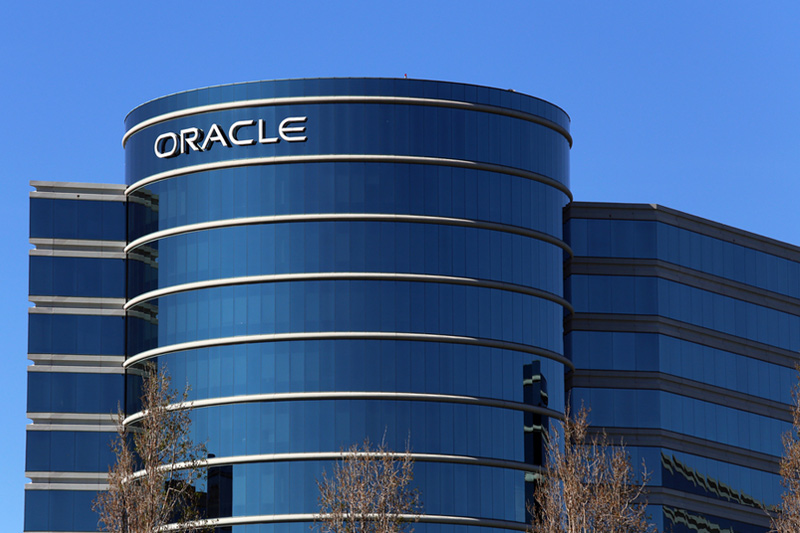60%+ returns in 2025: Here’s how AI-powered stock investing has changed the game
Investing.com -- Fitch Ratings has maintained Oracle Corporation’s Long-Term Issuer Default Rating (IDR) at ’BBB’ with a Stable outlook, while also affirming its Short-Term IDR and commercial paper rating at ’F2’.
The rating agency acknowledged Oracle’s significant investments in AI compute infrastructure, which are tied to multi-year commercial contracts with major customers including OpenAI, xAI and Meta. These investments are expected to exceed Oracle’s internal free cash flow generation in the near term.
Fitch forecasts Oracle’s EBITDA leverage will approach 3.5x in fiscal 2026 before declining meaningfully in fiscal 2028 as revenue and EBITDA from AI compute infrastructure begin to materialize. The company is expected to raise additional debt to fund its capital expenditure needs.
Oracle’s near-term free cash flow will be depressed, with negative pre-dividend FCF exceeding $11 billion in fiscal years 2026 and 2027. However, Fitch expects these investments to be fully recaptured within the typical multi-year contract period.
The rating agency believes Oracle’s AI industry risk exposure is manageable since its capital expenditures are linked to multi-year revenue contracts with financially strong customers. Oracle also maintains strong financial flexibility with staggered debt maturities through 2065 and approximately $11 billion in cash and marketable securities as of fiscal Q1 2026.
Fitch estimates Oracle’s normalized annual post-dividend FCF to exceed $10 billion once the current investment cycle concludes. The company’s recurring revenue, which accounted for approximately 80% of total revenue in fiscal Q1 2026, is expected to increase substantially starting in calendar 2027 due to AI compute contracts.
The rating agency expects Oracle to maintain modest share buybacks while prioritizing capital allocation for investments. The company had net share repurchases of $2.5 billion during fiscal 2024 and $847 million during fiscal 2025.
Fitch’s key assumptions include accelerating revenue growth starting in fiscal 2027, with revenue approaching $100 billion by fiscal 2028, expanding EBITDA margins to the mid-to-high 50s, and capital expenditures peaking in fiscal 2027 at over $40 billion.
This article was generated with the support of AI and reviewed by an editor. For more information see our T&C.
